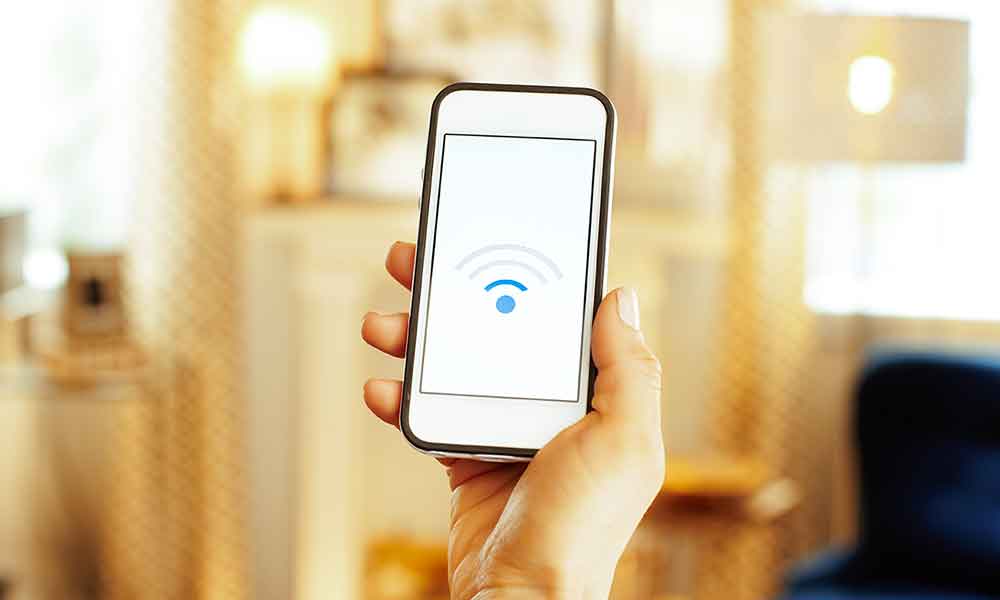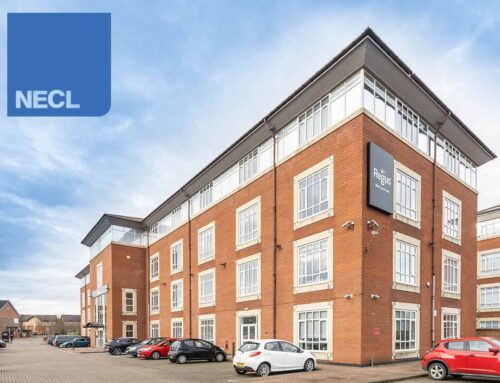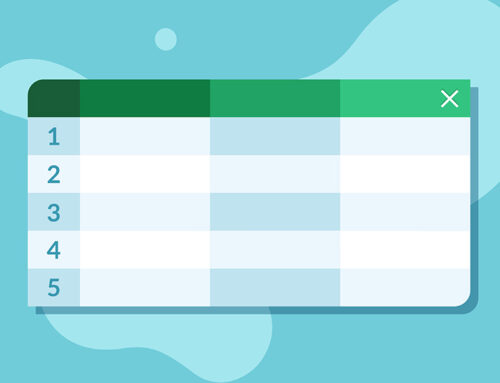Wi-Fi Troubles? You’ve Come To The Right Place!
Common home Wi-Fi problems can be excruciating. Often they occur at the worst moments too – like in the middle of an important work call, a serious gaming session, or while streaming the latest box set.

Fixing WiFi problems, however, doesn’t have to be as annoying as the issue itself. Most Wi-Fi problems can be solved with a simple hub reset or connection booster.
Here we’ll guide you through the troubleshooting process, covering the following:
Let’s get started.
How to Reset a BT Home Hub
If you’ve exhausted all the tips BT provides on improving your connection – moving your home hub closer to your devices, restarting your hub, upgrading to the latest smart hub etc – then a reset can be a good move.
Put simply, a reset will take your hub back to its factory settings, theoretically making it work like the first time you received it.
You can do this on most BT hub models by searching for the factory reset button on the back (usually next to the power button or yellow ethernet ports). As this is a small button embedded into the plastic, you’ll need a pin or a paperclip to push the button down. Do this and wait until you see all the lights go out and watch the hub restart.
You’ll know when the reset is over after all the lights settle and the power light glows blue. From there, depending on your model (BT Smart Hub 2 just requires your default name and password on the hub’s back), you’ll then be guided through the setup menu on your devices.
How to Reset Your Virgin Media WiFi Hub
Run a reset here by finding the pinhole reset button on the back of the hub. Press the button down for 10 seconds. Again you’ll probably have to use a pin or paperclip to do this.
From there turn the power off and on again. You’ll know you’ll have done this correctly when the light ring glows white. You’ll then have to run through setup menus as you did the first time around.
How to Reset Your Sky Broadband Hub
The Sky Broadband Hub reset works a little differently. To do this, first press the reset button down (located on the back of the hub). Then wait until the power light flashes off and on (should do this four times) before remaining on.
This whole process takes about ten seconds. From there the hub will reboot and connect to the internet as normal. You can use your default ID (printed on the back of the hub) to run the setup.
Tips for Where to Locate Your WiFi Router in the Home
Chances are if you’re staying somewhere unfamiliar or are a guest in someone’s home then you might not know exactly where their WiFi router is actually located. Depending on the size of the house, the problem could be even bigger!
Usually the best locations for routers are central. So try to start as centrally as possible in your property first and look for placement on tables, desks and other easy to reach places.
If it’s not apparently obvious here are some other common places to check:
If you’re still stuck there are also handy phone apps that can help you. Just search your local app store for ‘WiFi analyser’ apps. They’ll often help guide you via your phone screen to pinpoint your routers’ exact location. Many ISPs now offer broadband and WiFi diagnostic tools via free apps which are available to you when you subscribe to their services!
One more quick tip (especially if you plan on rebooting or restarting); make sure you find the primary access point (the main router) and not the boosters or extenders.
You can tell a router from an extender as it will have cable connections going into the back of it.
Improving WiFi with Boosters, Extenders and WiFi Mesh
WiFi boosters, extenders and repeaters are pretty much the same thing. They work by extending your main routers range and coverage. This means you can pick up a signal more clearly in places that you may have struggled before.
You can buy these rather inexpensively and they’re easy to set up. You’ll need to make sure they’re compatible (they will say on the box or documentation) with the router or hub you have. You also need to make sure you have a spare power outlet (in the place you want to extend the signal) to keep the device working.
One thing to note about boosters and extenders is they usually set up new Wi-Fi connections to amplify the signal. This means you’ll have to connect to them directly from your devices (expect them to be named differently to your main network). It is very possible to expect that you will also have to set a different password for the WiFi booster or extender too.
A WiFi mesh is another option to improve your connection issues. Installing these involves buying a central router connecting to a modem and then setting up nodes (satellite modules) around your house. What’s different about these is that they’re part of a single network – meaning they’ll often share the same network name and password.
Some WiFi mesh systems can be fairly expensive, but there is definitely a sense of ‘you get what you pay for’ with these products. If you want to talk to an expert about the suitability of the WiFi mesh products you’re considering purchasing and installing to help with improving the WiFi signal at your home then contact NECL today. Take advantage of our home IT support services.
We’ve helped many home and business users improve their wireless internet connectivity over the years and we’d be more than happy to discuss your options for getting better WiFi over the phone or via email.








